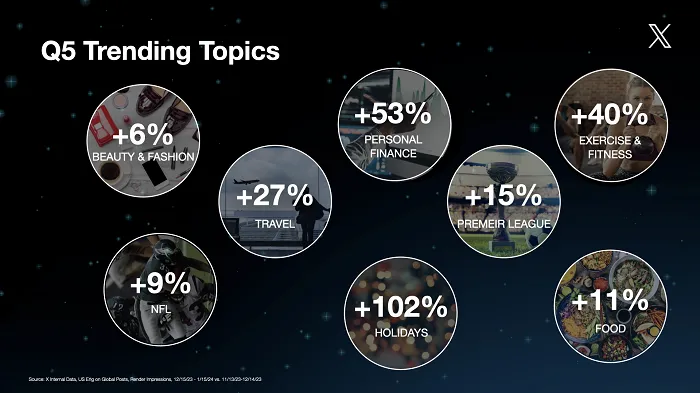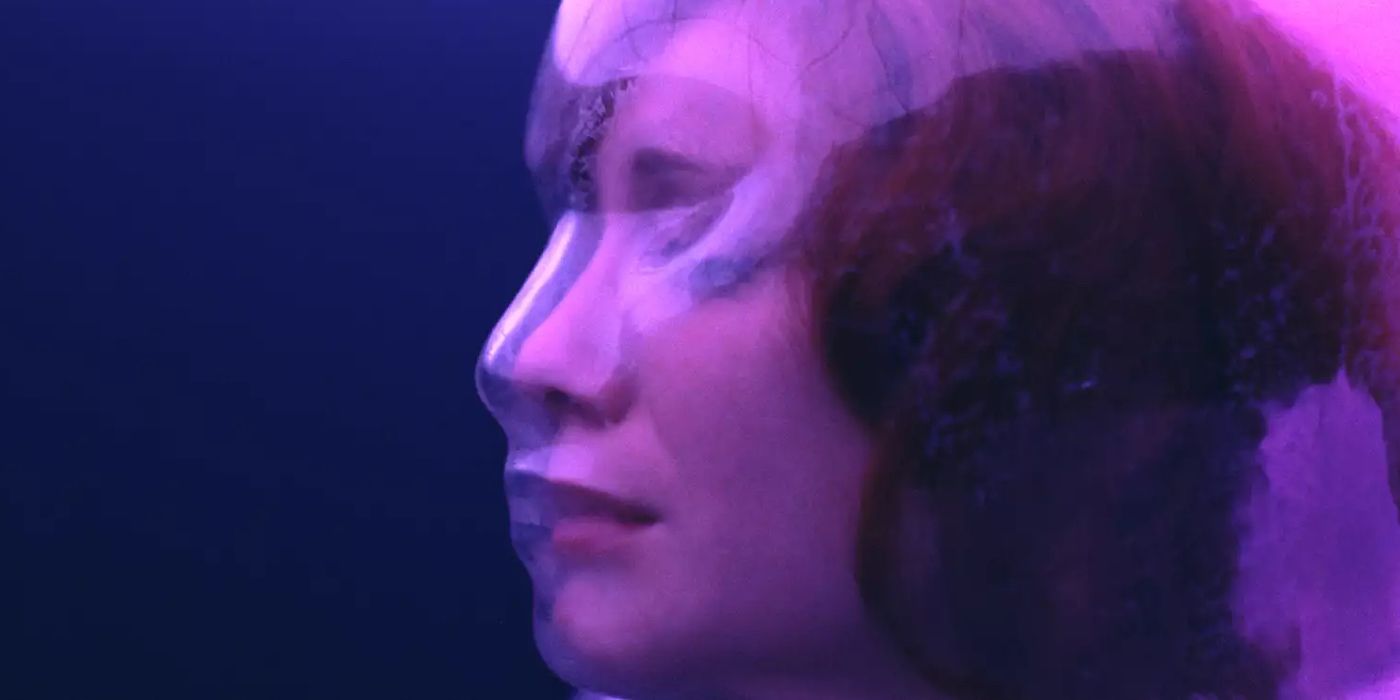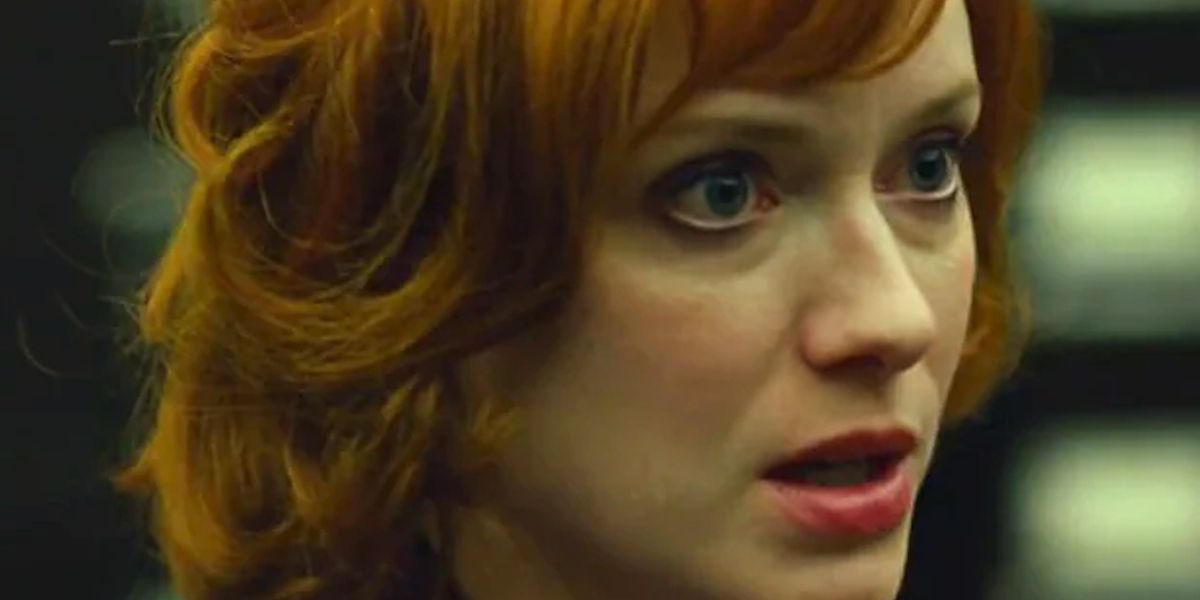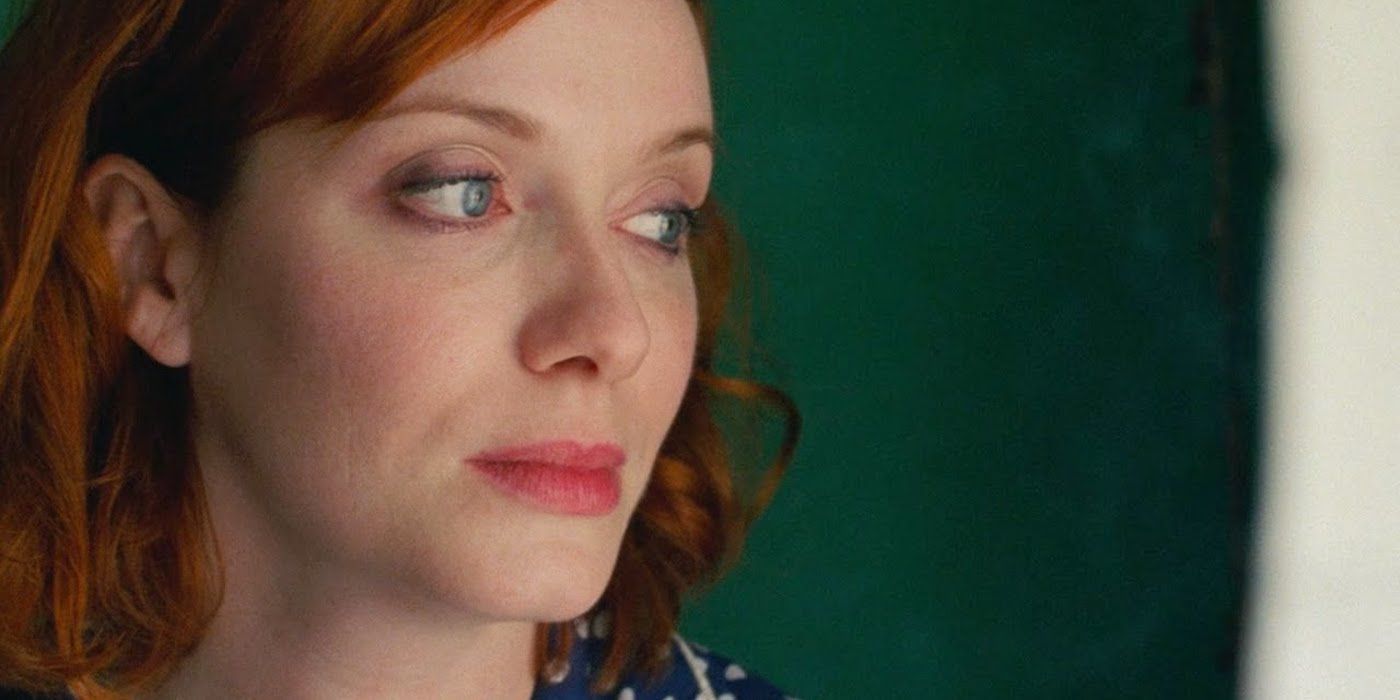Every artist is influenced by works that preceded them. Paul Thomas Anderson, for example, has openly referred to Martin Scorsese and Robert Altman as two of his biggest inspirations, and examples of both can be prominently seen in his early films before he had fully developed his signature style (taking the idiosyncratic camerawork and skillful dialogue of the former with the large ensemble cast and deliberate use of music from the latter). This is not a bad thing, and can allow filmmakers the opportunity to test the waters with proven formulas before branching out into uncharted oceans, but it runs the risk of producing work that is so derivative of past films that it feels less like a loving tribute and more like just plain old theft. There line between homage and rip-off in a thin one, but if there exists one film that toes it perfectly, it’s Lost River.
Released in 2014, Lost River marked the writing and directing debut of Ryan Gosling. Its premise, a fantasy thriller about single mother Billy (Christina Hendricks) and her teenage son Bones (Iain De Caestecker) as they descend into the nightmarish underbelly of their Detroit neighborhood in the aftermath of the Great Recession, draws influences from so many directions that it can sometimes be hard to see the film behind the checklist of favorites Gosling is working his way through. Chief among these are Nicolas Winding Refn, David Lynch, and Terrence Malick (the former of whom Gosling collaborated with on Drive and Only God Forgives), with the film taking so much from all three that it is guaranteed to only appeal to those already a fan of their respective styles. While the film can give the impression of being nothing more than Gosling’s daydreams as he imagines directing the classics he so clearly loves, he is careful to avoid the pitfalls similar films fall into. Instead he uses these influences as a jumping-off point to explore new ideas, giving the film a unique touch despite its obvious debt to prior works. In the years following its release Gosling has shown no indication that he intends to direct again, and with the film receiving a tepid response from critics and an even worse reaction at the box office, Lost River is destined to go down as a fun curiosity in the actor’s filmography. But it deserves better than that, and remains one of the greatest examples of how to construct an effective homage.
Refn is by far the film’s biggest influence, and had Gosling’s involvement in Lost River been in front of rather than behind the camera it would have been easy to convince someone it was the final entry in their informal trilogy. Its stylish cinematography (courtesy of Benoît Debie, the regular DP of arthouse favorites Harmony Korine and Gaspar Noé) favors a strong contrast between bold colors and the utter blackness that surrounds them, giving Lost River the impression of existing at the uncomfortable crossroads between dreams and nightmares. Complimenting this aesthetic is the film’s score, a collection of synth-based tracks by Johnny Jewel (who previously collaborated with Refn on Bronson and Drive) who imbues each piece with a sinister but also ethereal quality that forms the perfect soundtrack for this twisted and ghostly setting our characters are unfortunate enough to call home.
It’s in this ominous section of Detroit where the David Lynch influence can be felt, whose perchance for surrealistic imagery looms heavily over the film’s otherworldly sections. The recurring idea of an underwater town that was flooded when a reservoir was built, with the streetlights that protrude from the surface of the lake being the only trace of its existence, is a haunting image that captures the brutality of corporate America perfectly, but its strangely mesmerizing visuals puts it alongside the unpleasant mix of beauty and ugliness that Lynch’s films excel at. This feeling reaches its apex during a sequence at a macabre cabaret club owned by the always watchable Ben Mendelsohn, where performers pretend to have acts of extreme violence inflicted upon them to the delight of a cheering crowd. It’s a moment that owes an obvious debt to the nightclub scenes in Lynch’s Blue Velvet, where a lip-synced version of Roy Orbison’s timeless classic “In Dreams” becomes the centerpiece in one of cinema’s most disturbing scenes (not to mention the obvious similarities Mendelsohn’s extravagant character shares with Dennis Hopper’s equally psychopathic antagonist). Both scenes may do little to advance the plot, but their devilish mix of music, cinematography, and performances make them a frighteningly entertaining watch regardless.
This emphasis on atmosphere dominates the film, giving the film the impression of being designed for highbrow YouTube videos that praise its design whilst completely overlooking its story. To some extent this is a fair comparison. The works of Refn and Lynch have always favored mood and aesthetics over the moment-to-moment beats of the plot, no doubt coming from the school of thinking that style is equally if not more important than substance, and Lost River is more than happy to share that ethos. There’s never a dull moment visually, with Gosling showing an impressive level of care with regards to lighting and shot composition that few first-time directors could match, but he is careful never to get too caught up in pretty images to the detriment of his story.
It’s here where Gosling’s unique touch begins to shine. While he makes no attempt to hide the works that have inspired him, he also understands how to take an influence and make it his own. For starters, while the worlds of Refn and Lynch are largely detached from reality, microcosms of mayhem where all of our worst desires come to thrive, Gosling’s creation always keeps one foot in reality. The stylized lighting of Detroit’s most distorted corners burns all the brighter when juxtaposed against the naturalistic look the rest of the city has. A sea of crumbled buildings and ruined houses, the remnants of a once great city and of which only outcasts remain to quell the onslaught of nature as it reclaims what was once its own. Gosling shoots these scenes with a careful tenderness, observing these characters in an always respectful way. A story about the dire financial situation of America that forces Billy into accepting a sleazy job so she can pay back a bank loan she was tricked into getting, or that causes Bones to spend his days salvaging copper piping from abandoned houses while he dreams of a better life anywhere that isn’t here, is one many people can relate to.
The choice of location also reveals Gosling’s commitment at moving beyond an imitation of past films. The works of Refn and Lynch often center themselves around Los Angeles (Drive and The Neon Demon for the former, Mulholland Drive and Lost Highway with the latter), the atypical American city whose glossy exterior forms the seductive trap to explore themes of corporate excess, the stark differences between the upper and lower classes, and the darker side of the American Dream. The beauty of its million-dollar houses and golden beaches is gradually stripped bare until only its sinister underbelly remains, but Lost River opts for a different approach. Rather than framing his narrative around the center of the American consciousness, Gosling chooses a city hundreds of miles away, one so dwarfed by the shadow of its east and west coast rivals that it has no choice but to accept the financial ruin they impose upon it. The Detroit presented here has nothing to hide, with its entire characterization being established in just a few establishing shots. The shadowy underworld appears to have grown bored of hiding from the sun, deciding it will instead dig its claws into the surface world as it too grapples for life on whatever thread it can find. As with the heightened worlds depicted by Refn and Lynch, the locations in Lost River are characters themselves. The underwater town is a particular standout, whose legends regarding a mysterious beast that holds the power to break the curse afflicting this neighborhood captures the fantastical world of fairy tales perfectly, becoming one of the most fascinating locations in recent cinema. However, the origin of this town is firmly rooted in fact (see Monument City in Indiana as one example), and the revelation regarding what the beast actually is affirms the world of Lost River as one built on genuine blood, sweat, and tears (a decision that makes its darker moments all the more impactful). It makes for a stark contrast from its influences, and gives the film an entirely different flavor even while sharing many of their design decisions.
If the works of Refn and Lynch form the canvas upon which Gosling has painted his creation, there’s no doubt Malick is the one steadying his hand as he makes those first daunting strokes into the world of artistry. The cinematography of Lost River certainly owes a lot to Malick, with Gosling echoing his iconic look of smooth Steadicam movements and naturalistic lighting on more than one occasion (one of the film’s opening shots, depicting a young child running through a field while the sun blares in the background, is a shot that would fit neatly into The Tree of Life). These shots are restricted to the film’s more grounded segments, making for an effective contrast when compared with the artificial look of the rest of the film. But Malick’s influence can also be felt in other areas. His first films, Badlands and Days of Heaven, both presented a cynical look at America itself, from its people to its culture to the absurdist dreams it built its name on. They captured the turmoil of America perfectly, and Lost River follows close behind with its modernized update of these themes to better suit a post-Great Recession world. The disillusionment felt by Bones and his close friend Rat (Saoirse Ronan) is not dissimilar to that felt by Martin Sheen and Sissy Spacek in Badlands, revealing just how little has changed in sixty years. The film’s dreamlike nature sees Gosling tapping into Malick’s later works (no doubt helped by having Eternal Sunshine of the Spotless Mind’s editor Valdís Óskarsdóttir in the editing room), giving the film a trancelike quality that mirrors that of its main characters, aimlessly wandering through life with little attention paid to the direction.
Ryan Gosling certainly didn’t make things easy for himself when he decided to try his hand at directing. While most actors who have aspirations of creating their own films usually opt for something more straightforward and commercial for their debut (such as Greta Gerwig with Lady Bird or Olivia Wilde with Booksmart), Gosling chose a different route. The reception to Lost River would have been enough to cut any budding career short, but Gosling’s talent as an actor has ensured he has remained a big name in the industry. Whether Lost River was only meant to be a one-off or the start of a new era of his career remains a mystery, but given his obvious love for the craft of filmmaking, it would be a shame if he never directed again. The film is one big love letter to this particular niche of cinema, and the affection he so clearly feels for it resonates throughout the film. Lost River is the right way to construct such a homage, and it should stand as a lesson for all debut filmmakers.









































































